We all have experienced it. The fear of staring at a blank page, a bare canvas or an empty screen due to creative fatigue is real, yet it happens to everybody. It is not uncommon to feel drained and uninspired, especially at times like these. In fact, the inspiration for this blogpost came from my own search for new ways to feel creative and inspired while figuring out what to write about this week.
While a creative block might look different to everyone, I hope that opening the conversation will spark new ideas and help you push through.
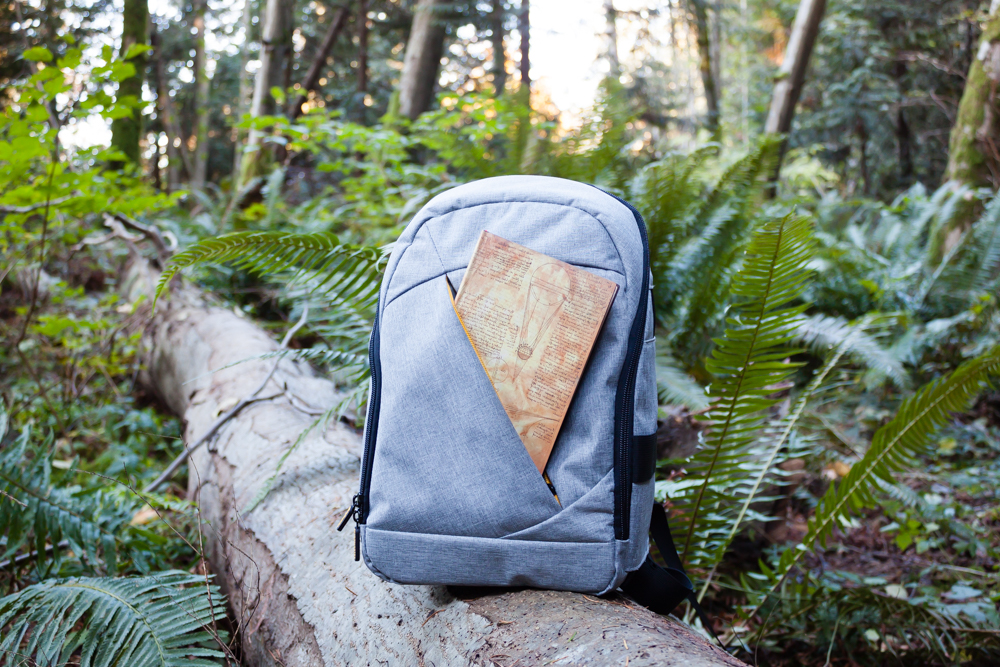
1. Get outside
It’s no secret that spending time in nature gives us a fresh perspective and nourishes our creativity, so get moving! Go for a walk around the block, sit on your favourite bench at the park or explore a new street in your neighbourhood. You’ll feel better afterwards.
2. Do something new or completely out of your comfort zone
Creativity is often enhanced when we’re exposed to new situations. It doesn’t have to be a big gesture. Now that our worlds have become smaller due to Covid, even trying a different medium, a new format or a new subject will help you find a new joy in unexpected places.
3. Talk to other creatives
Broaden your network. Conversations always ignite ideas and turning to your community can help you feel stimulated again, knowing that you are not alone. I turned to #CreativeBlock for inspiring stories of creatives sharing how they overcome creativity blocks and I found talented artists and new friends along the way.
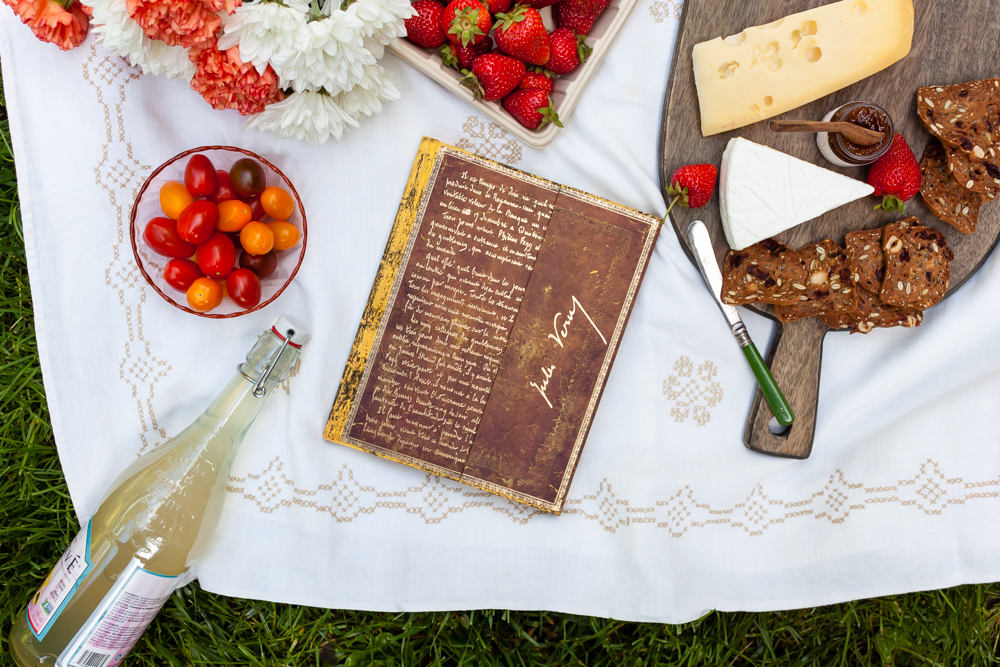
4. Get into the flow
According to Hungarian American psychologist Mihaly Csikszentmihalyi, people are happiest when they are in a state of flow which is being completely involved in an activity for its own sake. “The ego falls away. Time flies. Every action, movement, and thought follow inevitably from the previous one, like playing jazz. Your whole being is involved, and you’re using your skills to the utmost.” Activities such as playing a logic game like Sudoku, participating in sports, drawing or writing can get you into flow.
In addition, research done by Harvard professor Teresa Amabile shows that people who experience flow report higher levels of creativity, productivity and happiness.
5. Don’t fight it
It’s okay to walk away and try again later. UK-based printmaker Judith Westrup (@ramblinghen) describes her experience with creative block and how she copes with it, written so eloquently with her words on her octopus print: “This is what a creative block feels like to me – everything in my head is dark, and when I do try to carve or print, I am all arms and legs and make a great big inky mess and I make it even worse. I am slowly learning not to fight creative blocks, and that it is ok to hide under a rock (or duvet) for a while until the darkness lifts and the ideas come back.”
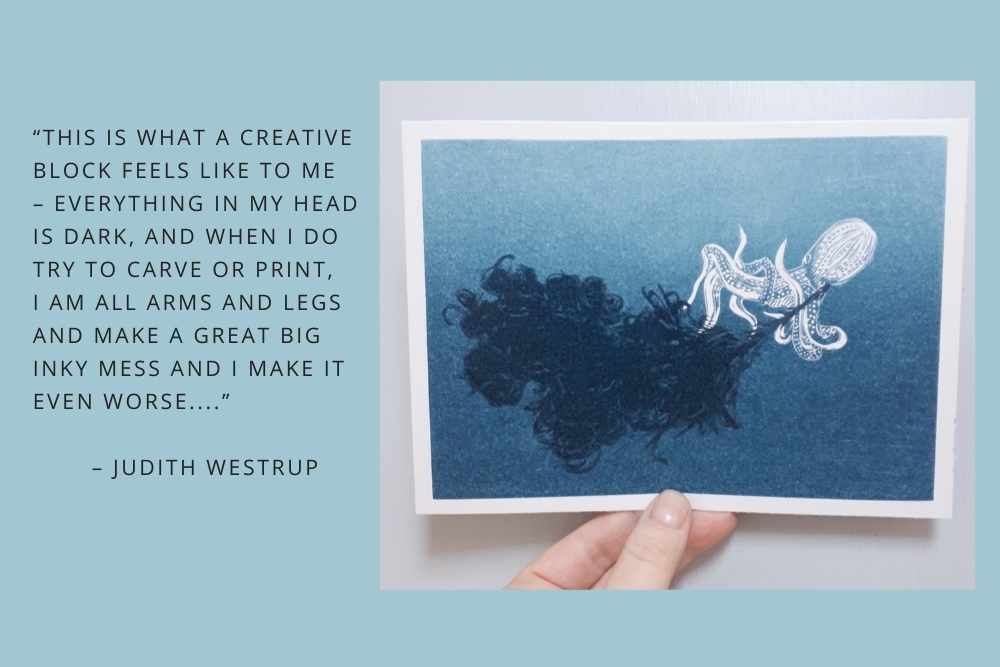
6. Do a monotonous task
The best way to give your mind a break and reboot is just doing a monotonous task that – while your hands are busy – allows your mind to roam free. Agatha Christie once said, “The best time for planning a book is while you’re doing the dishes.” So, there you have it. Pick up that dishcloth or grab a broom!
7. Allow yourself to fail
Push through the fear of failing if perfectionism is keeping you from creating. Designer Jordan Sigmund from Hox Design Co. is right on point when he says, “I’m trying to teach myself to be okay with the fact that creative work will always be a work in progress. It’s a mountain without a peak, and there’s no shame in letting yourself breathe.”
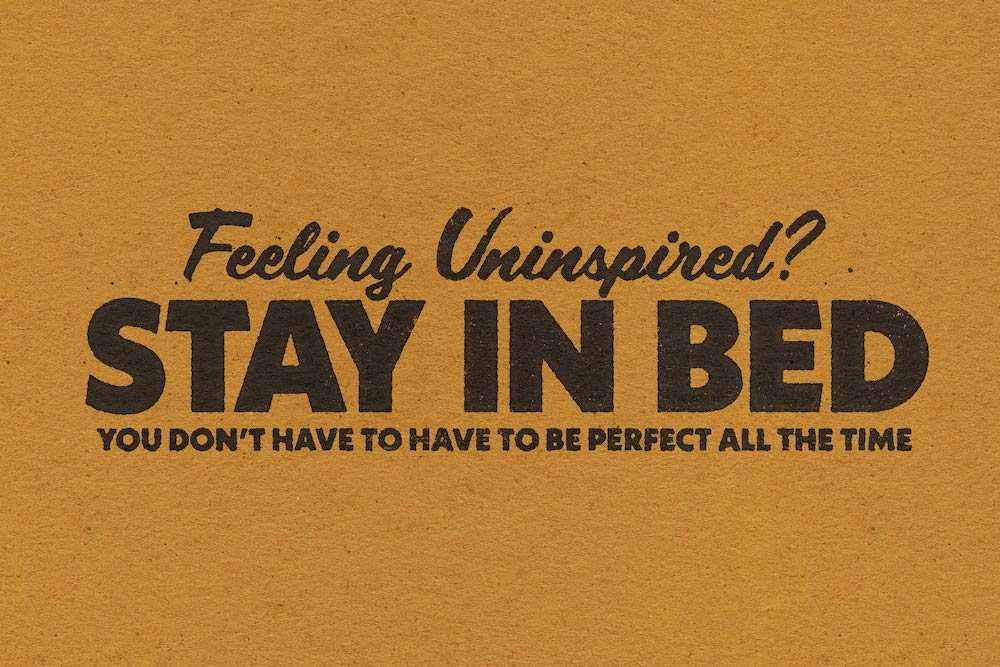
8. Break it down into manageable chunks
A brand-new project can feel overwhelming, which is why it’s important to tackle it bit by bit. One of my favourite books about creativity and writing is Bird by Bird by New York Times bestselling author Anne Lamott. In it, Anne shares a very wise piece of advice: “Thirty years ago my older brother, who was ten years old at the time, was trying to get a report written on birds that he’d had three months to write, which was due the next day. We were out at our family cabin in Bolinas, and he was at the kitchen table close to tears, surrounded by binder paper and pencils and unopened books about birds, immobilized by the hugeness of the task ahead. Then my father sat down beside him, put his arm around my brother’s shoulder, and said, “Bird by bird, buddy. Just take it bird by bird.”
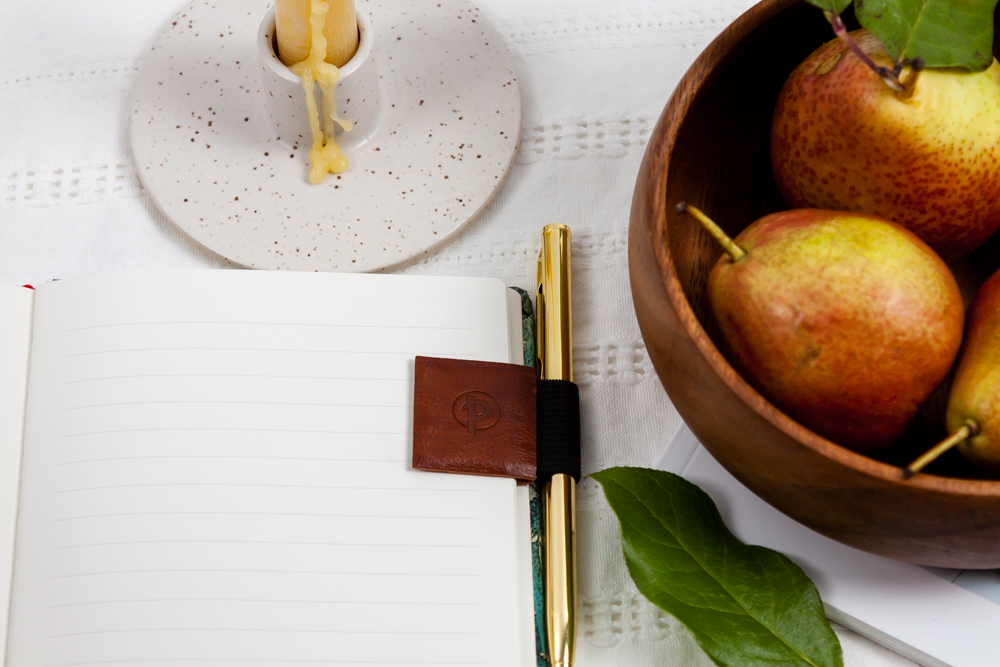
9. Just start
Don’t wait for inspiration to strike. Get started and you’ll often find that just jumping right in will take you somewhere. In this compelling Instagram clip, metalsmith, papermaker and artist Melanie Brauner shares a valuable piece of advice she got from her grandfather, an artist himself. He said, “There is no such thing as The Muse, no such thing as ‘inspiration’. Artists who wait for a good idea before going to the studio…will wait forever. Inspiration only comes to those artists with busy hands.” Melanie puts this advice into practice every day as she walks into her studio in Everett, Washington. “I get to work manipulating paper and metal. And before I know it, my creativity blooms … like a flower after the rain.”
Above all, remember to be kind to yourself. You are doing this because you love it and because it’s supposed to be fun. If today doesn’t work, try again tomorrow. You’ll find your way back to creativity.
Do you have a special technique for overcoming creativity block? Share it with us in the comments! We’d love to hear your thoughts.

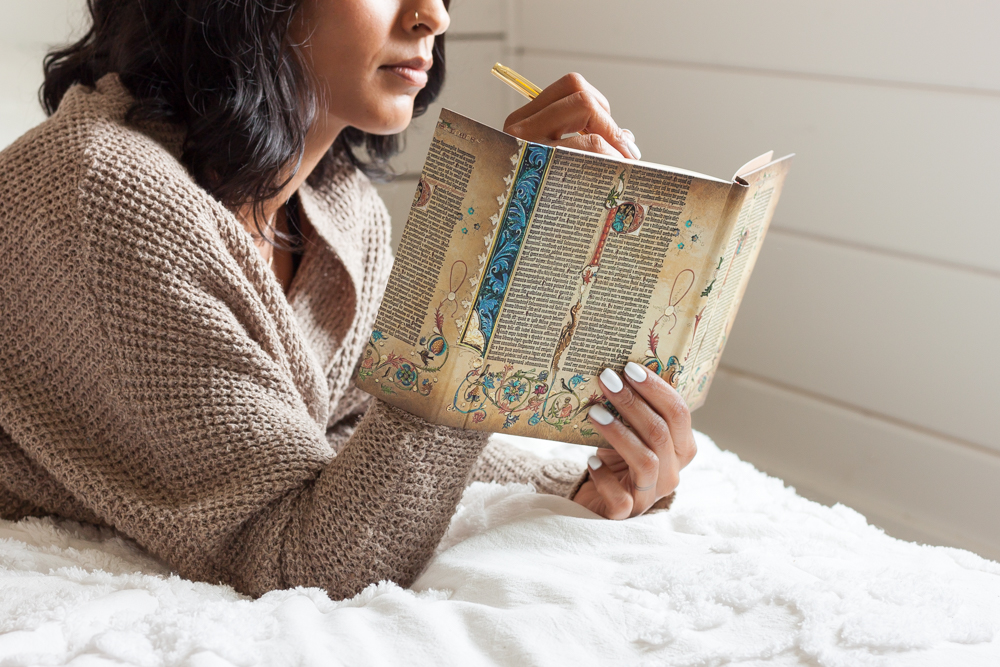



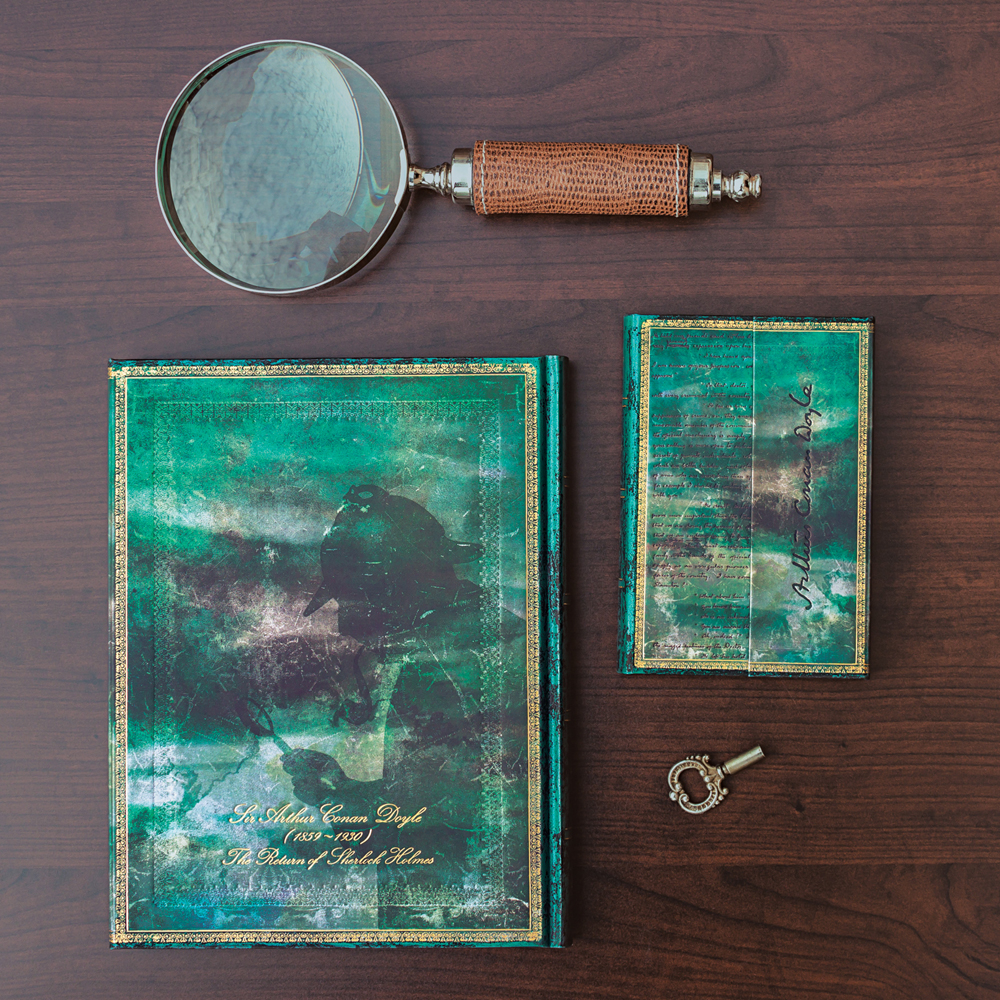
Thank you for giving me the most realistic share of a basic thing that artists often go through – Artist’ Block. This is an issue that I think deserves the attention of artists. Your post reminds me of an article by Nadra Nittle earlier this year that covered statistics about problems artists often face. Nittle reported on the issue of 121% of artists’ suicide – much higher than the public’s 50% when it comes to mental illness. So if artists don’t solve Artist Blocks as quickly as possible, it will cause psychological problems. In fact, I’ve been through Mental Block myself, where I’ve always questioned myself about my abilities and even criticized myself for other people’s judgments about my artistic work. Luckily, I overcame this challenge using one of the methods you’ve shared here – resting and being in nature.
In addition to the very clear and detailed methods you give, one method that can be used as a tip to overcome the Artist’ Block that I find useful is “Write a summary of your goal. in handwriting”. I think that in order to overcome Artist Blocks, having a clear direction and specific goals will help Artists a lot. This method will somewhat help them in looking directly at the problems they face and how to overcome those problems step by step once they have a specific plan. We can stick this summary in places where you usually look (refrigerator, the wall at your desk, computer’s screen, etc. to be handy in reminding themselves where they’ve come in the way of reaching the goals they set.
We all always face many problems in life, becoming an artist will also have certain difficulties. I hope that we will all overcome these challenges and become the best version of each other at the end of the journey.
Hanh Chu
Thank you so much for your kind comments, Hanh. We are so happy to hear that our blogpost helped you. And thank you for sharing that tip, too. It’s a great method and I’ll be trying it myself now. I believe handwriting is a beautiful practice that can help us to stay in the moment. Thanks again!